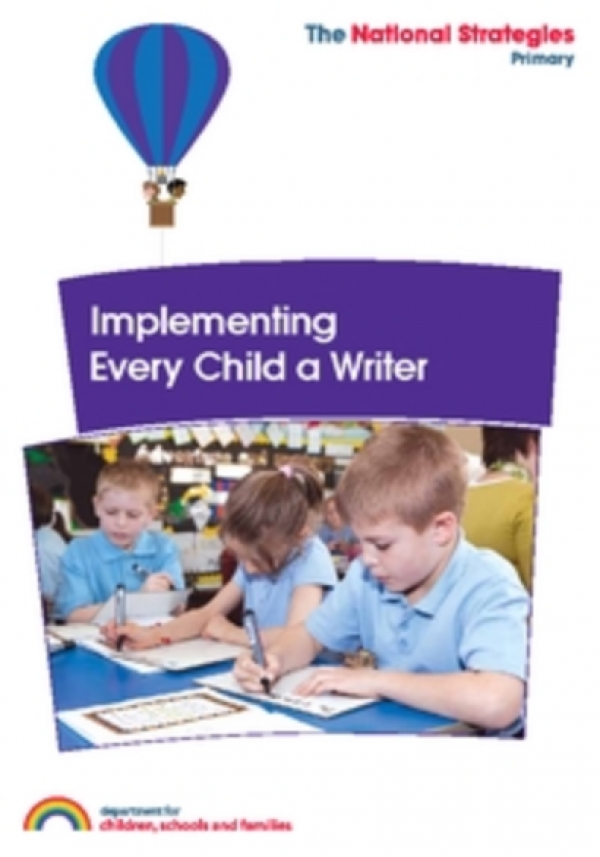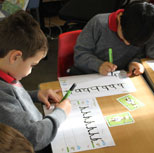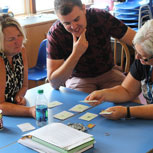Every Child a Writer

The government paper published in 2008, Every Child is a Writer (ECaW) reported the number of children who were failing to meet the expected attainment in Handwriting in the UK was 32% compared to 13% for reading and 21% in arithmetic. Published within these findings was a discrepancy between the performance of boys and girls. Of the 68% of children who were found to be achieving the attainment in handwriting, 75% of girls compared to 61% of boys.
Further studies reported by the government in 2010 report continuing problems in the quality and legibility of children’s writing, implying that the poor quality of writing was likely to impact on children’s academic scores, as a strong correlation between poor handwriting and weaker pieces of work were reported (Stainthorp and Rauf, 2009).
Rather distressingly the evidence suggests that poor handwriting is a general concern that affects a significant number of children in the UK and is not isolated to children who have other learning difficulties, but present in our academically able children.
Handwriting on the whole is a complex activity for children to learn, but there appears to be a lack of suitable instruction programmes to help guide the curriculum or inform the teachers on the most effective way of teaching this skill.

|

















 offers all schools a lively engaging way of teaching handwriting
offers all schools a lively engaging way of teaching handwriting